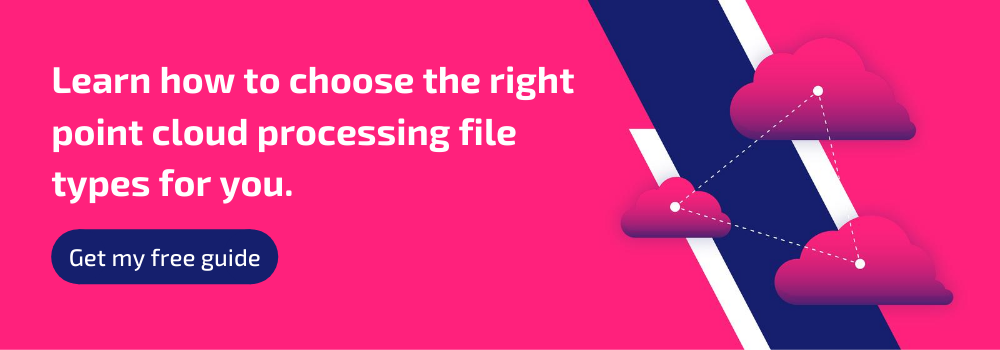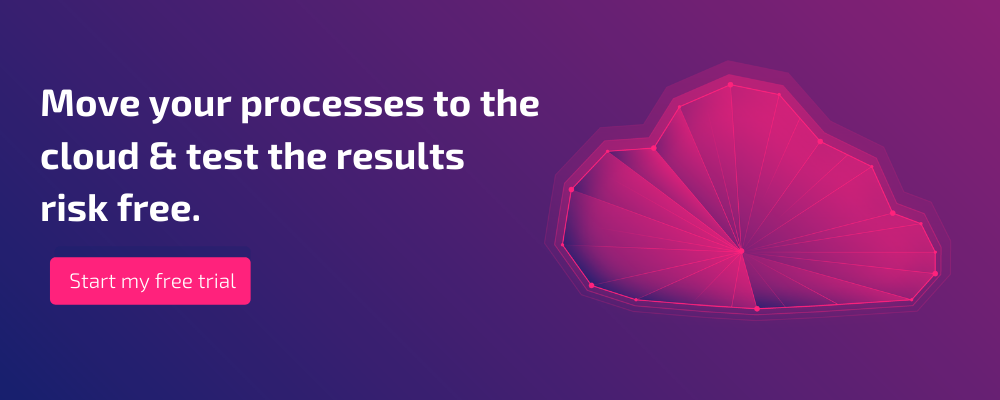Best practices for point cloud registration and alignment

Point cloud modelling based on laser scans has always promised to provide a quick and easy means of mapping physical space in detail. Although point clouds can deliver impressive detail and accuracy, you will only capture these benefits if you follow best practice.
If the data you collect does not meet your requirements, it doesn’t matter how quickly you were able to align and register that data. However, ‘best practice’ is not simply about success — it’s about achieving quality results in the best way.
Technology continues to change, and updates to how point clouds are registered and aligned occur regularly. This article will look at how changes to point cloud processing software have removed the disconnect between fast, efficient and robust registration procedures. We will investigate how this impacts the use of registration targets, changing best practice to create a new paradigm that any land surveyor or point cloud producer must understand.
Rethink your targets
The traditional method of registering scans is to use artificial targets. At least three point reducible objects (either free-standing spheres or checkerboard surface targets) are placed within areas of scan overlap and used to ‘fix’ scans in a common context. This solution is robust, but manual and time-consuming.
For years, surveyors have had the option to avoid this by using natural features within the scene to align scans. However, this method slows down post-scan alignment. Targetless registration software is slower and requires manual inputs and cross-checks. This more time-consuming procedure potentially wipes out any time efficiencies gained through avoiding target placement.
What has been missing to solve the problem of point cloud accuracy at speed is automated processing software for targetless alignment. If we remove the need to be manually involved in the registration and alignment process, time can be saved at every stage of the process.
Software able to remove the costs of a targeted approach to point cloud registration now exists and is critical to obtaining a best practice approach to point cloud registration and alignment.
New registration software methodologies
There has never been one breakthrough to completely change the way point cloud processing is undertaken. A number of incremental advances simply change how great results can be achieved. One big piece of this puzzle is to look at coarse registration as three distinct stages (rotational, vertical and horizontal alignments) rather than a single process.
To do this, positional data of the laser scanner is used to extrapolate each point into a vector. This allows entire scans to be condensed into single points, creating ‘vector spheres’. The unique identity of the scan is still retained in the density and angular characteristics of the vectors. This allows rotational alignment by placing adjacent vector spheres within one another. Once rotational alignment is achieved, rapid 2D point density techniques can be used to achieve alignments on the horizontal and vertical axes.
This multi-stage process drastically improves the speed at which scans can be aligned — delivering results 40%-80% faster, depending on the number of scans being processed. It also enables a far more robust process that is simpler for current algorithms to tackle, even for targetless registration. The removed uncertainty reduces the need for manual cross-checks and setting scan parameters throughout the alignment process. All manual tasks, such as building scan trees, are front-loaded, allowing for the ‘hands-off’ registration of datasets.
Bringing point clouds into the cloud
The cloud is not yet standard for point cloud registration and alignment, but brings increasingly beneficial possibilities to those who know how to use it.
The main factors limiting the application of cloud technology to point cloud processing are access speeds and compatibility. Point cloud processing is a CPU intensive task, making remote access often impractical. Heavy investment in network bandwidth is required for more structured connections to work. 5G is likely to change the limits on remote capabilities. Even now, however, the cloud offers ‘in-office’ processes a few benefits that are worth understanding.
Significantly, some point cloud registration tools are able to take advantage of multiple cores (and multi-thread cores) to register multiple scans simultaneously. The cloud delivers on-demand access to an unlimited number of cores. Coupled with the aforementioned multi-stage process techniques that remove manual steps during coarse registration, the cloud delivers the possibility to register point cloud data sets of any size nearly simultaneously.
The cloud also offers post-registration sharing capabilities. Surveyors should also keep their eye on 5G developments. The next big change to best practices for point cloud registration will likely be the integration of on-site remote registration powered through the cloud.
Speeding up the registration process essentially comes down to doing it in software. Exploiting multi-stage vector-based processing is how surveyors can deliver efficiencies, avoiding target placement altogether in many cases.
Propagation error
Something that has not changed when it comes to point cloud registration is the need to overcome propagation error in large data sets.
Error propagation occurs because of the inherent limitation of linking multiple data captures together. The extent of that error will depend on the network of setups you use and, to some extent, scan settings. In brief, even the best scanners are generally limited to measurements of +/- 1mm. For a single scan, this is well within acceptable margins of error. However, during point cloud alignment, scans are built on top of each other — using the scans around it to position each individual scan within the wider scene. That means these errors build on each other — what is called error propagation.
To mitigate error propagation, a total station must be used to create a control network. That involves placing reference targets throughout a scene, each with a known position that can be measured with orders of magnitude greater precision than standard laser scanners are capable of delivering. This does not impact your use of an otherwise targetless approach to registration and alignment. However, it is something you need to consider based on your requirements and scene size.
Best practice point cloud registration opens new use case possibilities
The newest changes to best practice point cloud registration and alignment don’t really change the quality of the output you can achieve. The big changes impact the speed and efficiency of point cloud creation.
Improvements to the efficiency of processing create new use cases for the deployment of point cloud technology. For example, point clouds (and surveyors) have become more integral members of both construction and engineering projects. Spurred by developments in Building Information Modelling (BIM) that have accelerated the value of 3D models to project management, bringing scans of physical space into digital modelling has become increasingly valuable.
Forward-thinking surveyors can partner changing best practice registration technology with a commitment to integrating the value of those scans into an increasing number of projects. For example, using point clouds to quality check stages of construction projects or prefabricated parts. Advances in point cloud registration have created a wide number of possibilities. By making sure that you are on the cutting edge, you will be best placed to experiment and take advantage of changing market dynamics — creating whole new industries and outcomes.
Tags: Point Cloud Registration


